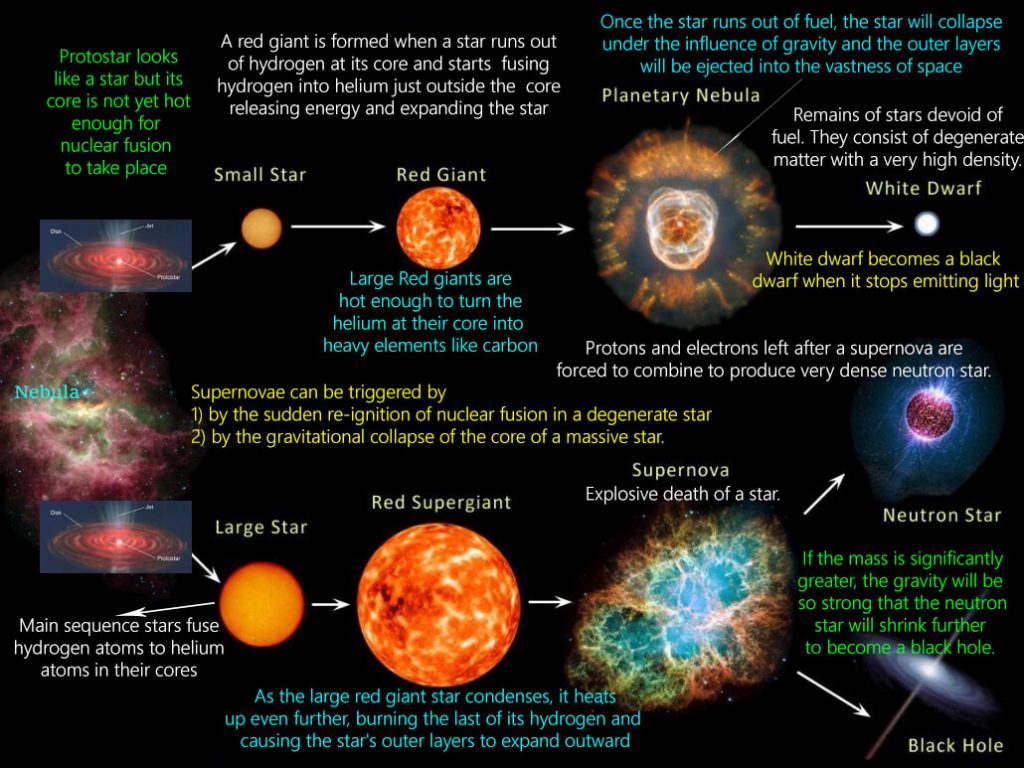Focus: GS 3 ; Awareness in the fields of IT, Space, Computers, robotics, nano-technology, bio-technology and issues relating to intellectual property rights.
Why in News?
Director, Inter University Centre for Astronomy and Astrophysics, Pune, Somak Raychaudhury began his Nehru Science Centre, Mumbai lecture by busting some myths about Black Holes. NSC Mumbai, Ministry of Culture’s online lecture on ‘The Nobel Prize 2020: Physics’ – Unravelling the Mythical Black Holes by Somak Chaudhury, focussed on how the contribution of different scientists over different periods of time, right from Isaac Newton till date, have resulted in a better understanding of the black holes.
This year, three scientists have won the 2020 Nobel Prize in Physics for their contribution in understanding Black Holes: Roger Penrose (for the discovery that black hole formation is a robust prediction of the general theory of relativity), Andrea Ghez and Reinhard Genzel (for the discovery of a supermassive black hole at the centre of our galaxy).
“Unlike being portrayed in many science-fiction movies, Black Holes don’t move around sucking in objects like a vacuum cleaner. If the Sun turns into a black hole today, it won’t suck the other planets; the earth will still be revolving around the sun as if nothing happened, except that there won’t be any light and that the earth will turn very cold , but still we will be revolving.”
He also mentioned about Laser Interferometer Gravitational Wave Observatory – India and the role of India in the findings and research of black holes. “India is part of the biggest research in the world that is working in the field of black holes. The construction of the LIGO is coming up in Hingoli district, Maharashtra. Land has been acquired for this purpose and work has already started”, he added.
About BLACK Holes;-
A black hole is a place in space where gravity pulls so much that even light can not get out. The gravity is so strong because matter has been squeezed into a tiny space, this can happen when a star is dying.
Black holes are of four types, classified on the basis of their mass – Stellar mass black holes, Mid- size black holes ,Super Massive black holes and Miniature black holes.
A black hole has two basic parts: the Singularity and the Event Horizon.
The “Singularity” is at the centre and is where the mass resides.
It was Stephen Hawking and R. Penrose who wrote the first paper on Singularities”.

The term ‘black hole’ was coined in the mid-1960s by American Physicist John Archibald Wheeler.
Black hole refers to a point in space where matter is so compressed as to create a gravity field from which even light cannot escape.
Black-holes were theorized by Albert Einstein in 1915.
Life Cycle of a Star;-


Event Horizon;-
There is a region of space beyond the black hole called the event horizon. This is a “point of no return”, beyond which it is impossible to escape the gravitational effects of the black hole.
The scientists at Event Horizon Telescope Project have released the first-ever image of a Black Hole (more precisely, of its shadow) , i.e. below attached image.

Event Horizon Telescope Project;-
EHT is a group of 8 radio telescopes (used to detect radio waves from space) located in different parts of the world.




